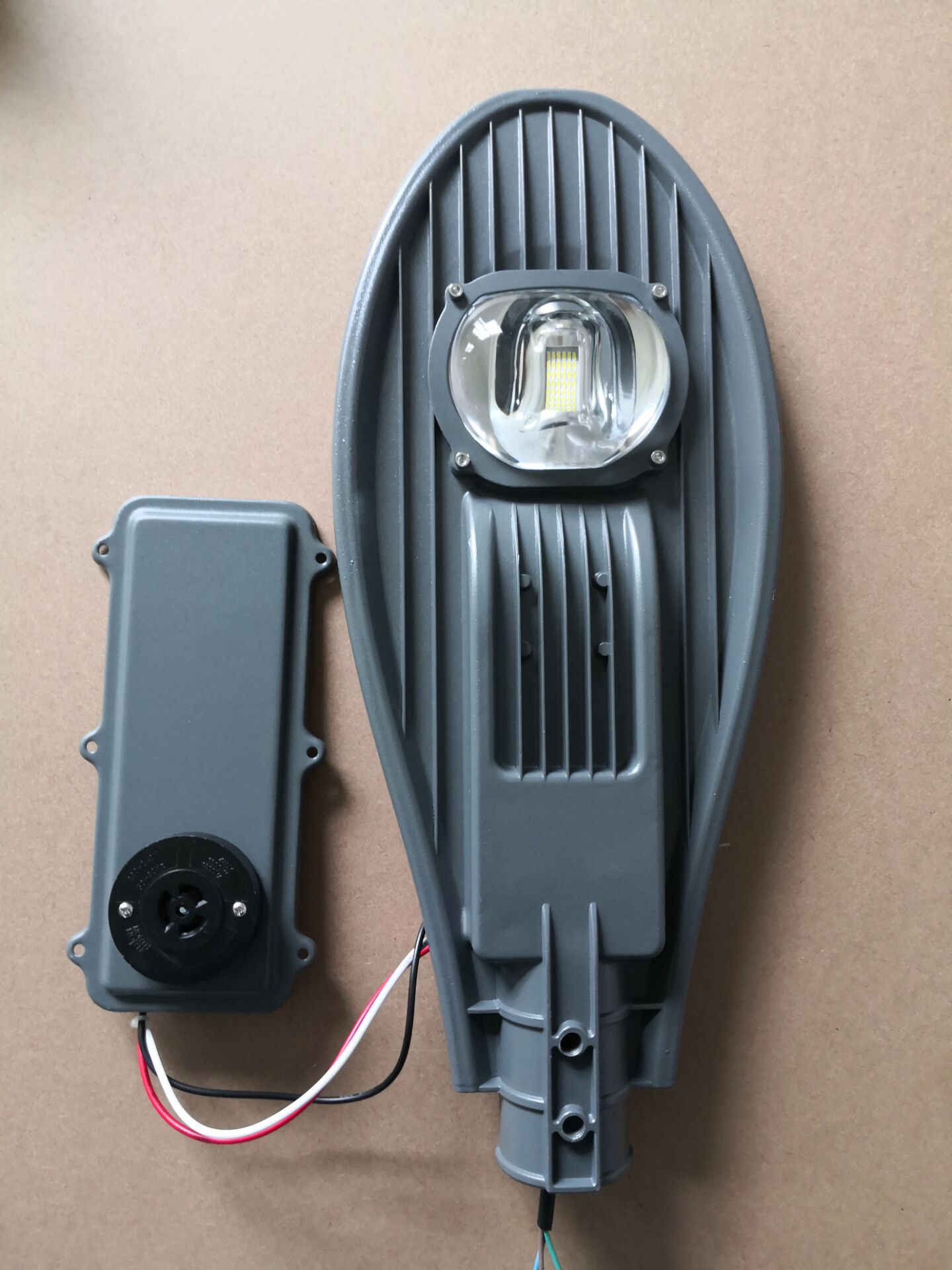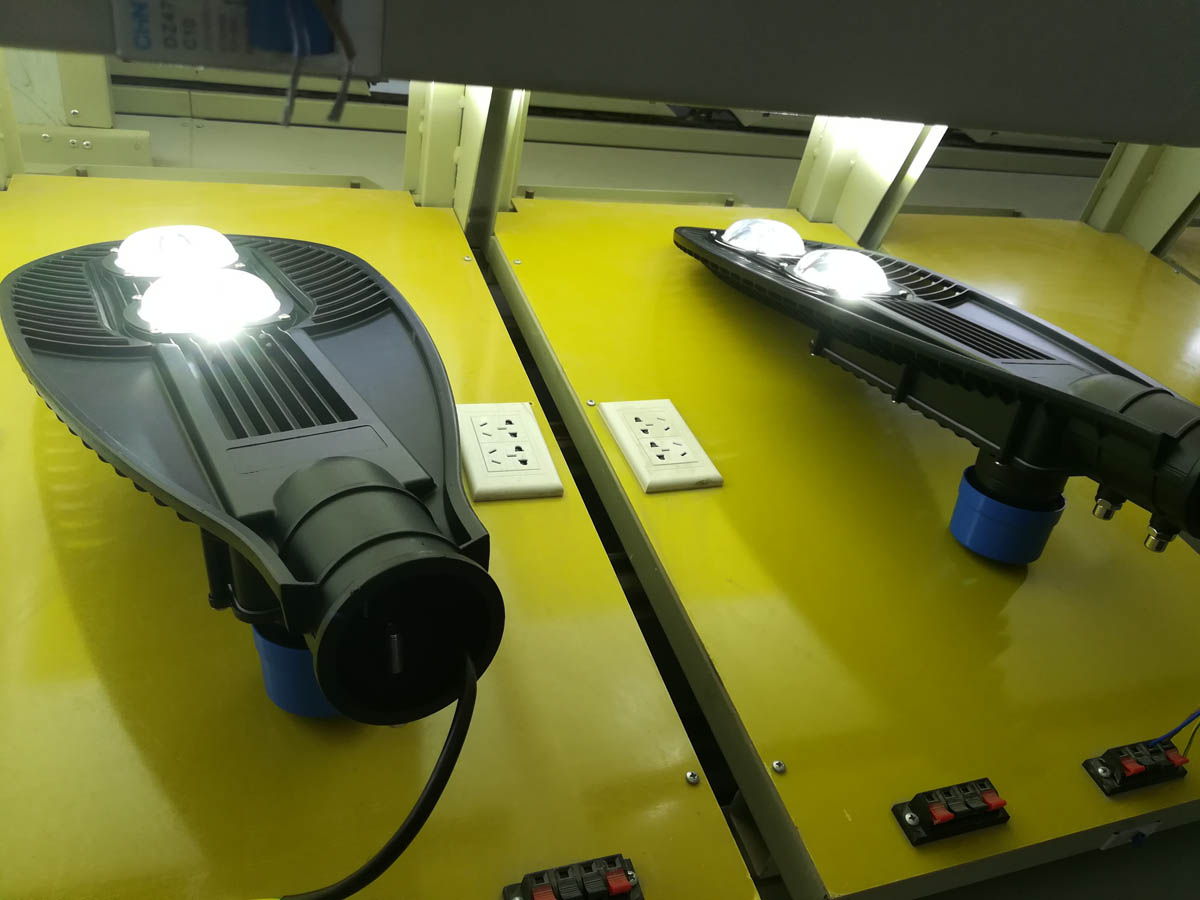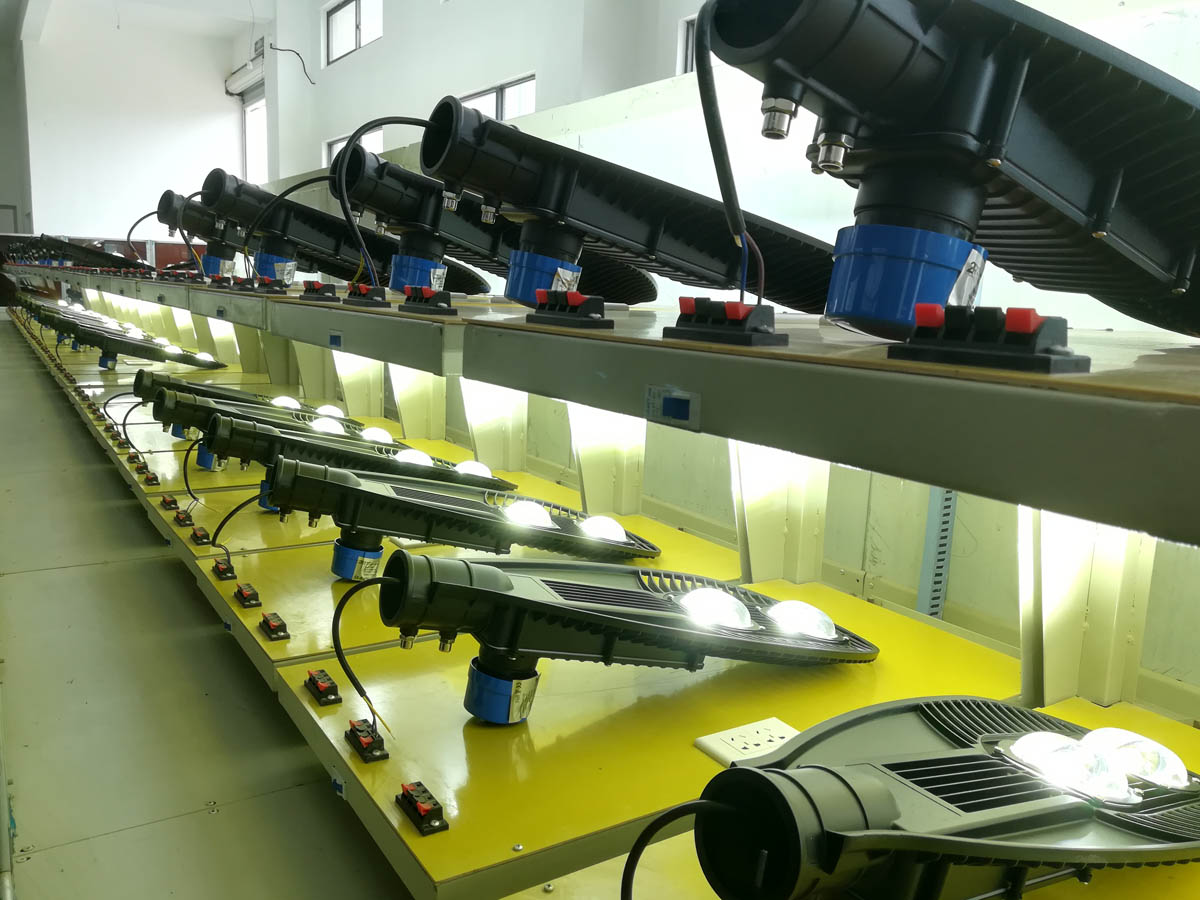
Scan the QR code
Product Description
This LED outdoor light adopts thicken die-casting aluminum shell, sturdy, corrosion resistant. High quality bulb offers high brightness and long service life. The lampshade is made of explosion-proof tempered glass, with excellent light transmittance. Easy to install, widely used as a outdoor light for street, road, garden, park, residential area and more.


What is LED street light?
LED street light is an integrated light that uses light emitting diodes (LED) as its light source. These are considered integrated lights because, in most cases, the luminaire and the fixture are not separate parts. In manufacturing, the LED light cluster is sealed on a panel and then assembled to the LED panel with a heat sink to become an integrated lighting fixture.
Different designs have been created that incorporate various types of LEDs into a light fixture. Either few high-power LEDs or many low-power LEDs may be used. The shape of the LED street light depends on several factors, including LED configuration, the heat sink used with the LEDs and aesthetic design preference.
Heat sinks for LED street lights are similar in design to heat sinks used to cool other electronics such as computers. Heat sinks tend to have as many grooves as possible to facilitate the flow of hot air away from the LEDs. The area of heat exchange directly affects the lifespan of the LED street light.
The lifespan of an LED street light is determined by its light output compared to its original design specification. Once its brightness decreases by 30 percent, an LED street light is considered to be at the end of its life.
Most LED street lights have a lens on the LED panel, which is designed to cast its light in a rectangular pattern, an advantage compared to traditional street lights, which typically have a reflector on the back side of a high-pressure sodium lamp. In this case, much of the luminance of the light is lost and produces light pollution in the air and surrounding environment.
A drawback of LED focus panels is that most light is directed to the road, and less light to the footpaths and other areas. This can be addressed by the use of specialized lens design and adjustable mounting spigots.
In performing a LED street lighting project, easy LED luminary models simplify the optimization for high-performance illumination designs.[1] These practical equations may be used to optimize LED street lighting installations in order to minimize light pollution, increase comfort and visibility, and maximize both illumination uniformity and light utilization efficiency.